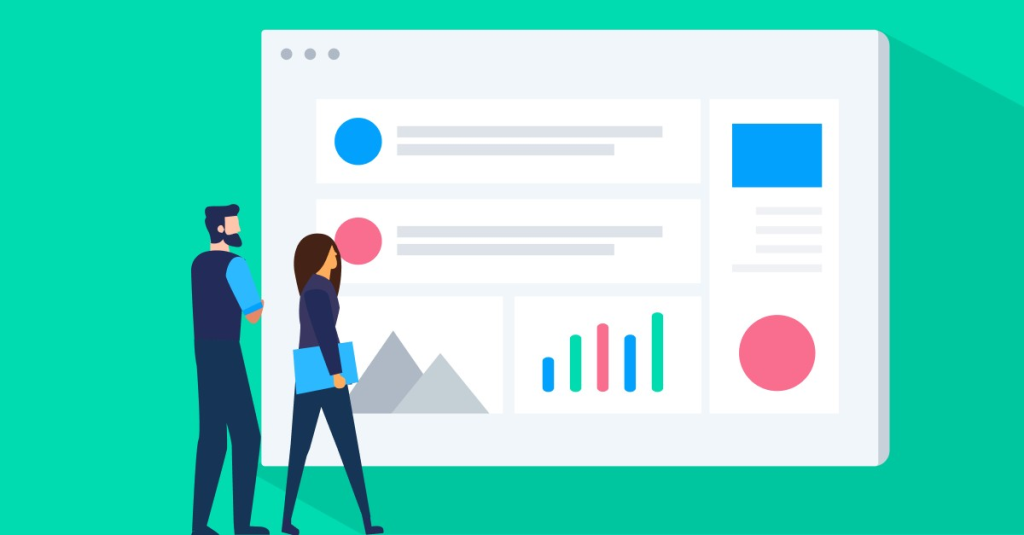Enticing and Fully Functional: 7 Reasons Why You Should Invest in a High-Converting Landing Page
The digital space is crowded with landing pages that look almost identical. That’s why creating landing pages that look good and convert visitors into recurring and devoted customers is essential. This will perform well against many competitors and bring more people to your site.
Whether you’re running content campaigns, email marketing sequences, or paid ads, your landing page can serve you well or throw your efforts to the bin. These seven reasons explain why you should invest in high-converting landing pages for your business.
1. Increase Your Conversion Rate
If you need an answer to the question “How much does a landing page cost?”, it depends on how much you’re willing to spend. However, creating a well-designed landing page with a specific conversion goal can give you the numbers. Unlike other pages on your site that wear different hats, a converting landing page can:
- Remove all distractions by avoiding navigation menus.
- Use a compelling headline and reiterate a clear value proposition.
- Align with the visitor’s intent, especially from a Google Ad.
- Incorporate interactive elements like forms, quizzes, and buttons.
This focus allows you to guide visitors and improve your conversion rate by miles, whether you’re using the landing page for lead generation, signups, or product launches.
2. Capture Qualified Visitors Using Tailored Messaging
Your landing page gets different kinds of visitors. Some are looking for products or services, while others are just curious. Create landing pages catered to different segments of your target audience to convert the right demographic.
A high-converting landing page uses the following:
- Segment-specific messages that address the pain points of potential customers.
- Targeted offers or gated content (one that users can access after sharing their contact information) for generating leads.
- A compelling header that speaks to the audience’s goals
- Appropriate visuals that reinforce the message and don’t distract visitors.
Using this kind of precision in messaging through content helps you capture the right leads and improve your digital marketing strategies.
3. Enhance Paid Ad Performance and Lower Costs
Sending traffic to a blog post or a generic homepage can mean disaster, especially if you use Google Ads or social media promotions. Creating click-through landing pages dedicated to an ad campaign can boost results.
With a landing page, you can:
- Maintain the same core message between the page content and your ad.
- Help visitors find exactly what they need upon clicking to reduce bounce rate.
- Lower ad spend when Google rewards your page for relevancy.
You get more out of your investment in landing pages when they return higher web traffic.
4. Optimize for Mobile Devices and User Experience
More than half of internet browsing takes place on mobile devices, so creating mobile-responsive pages is a must. This page should have:
- Minimalistic layouts and thumb-friendly buttons
- Loads fast even if the network is slow
- Concise and easy-to-scroll content
A cluttered page overwhelms users. They leave your page when they can’t click on anything they want to click, read long content that doesn’t make sense, or load slowly.
Using a mobile-first design ensures better landing page performance for every screen, whether you’re viewing the page on your phone or tablet.
For businesses that want professional, consistent designs without unexpected costs, a flat fee design service provides unlimited access to expert designers who can help create and optimize mobile-friendly landing pages that enhance user experience and boost conversions.
5. Build Trust Through Social Proof and Trust Signals
A key element of effective landing pages is trust. The best offer won’t become a hit with the public if no one trusts your page.
To make your landing page trustworthy, you should have the following:
- Testimonials, case studies, and star ratings
- Guarantees, certifications, and security badges
- Real photos of team members or clients
- Quotes from verified users and influencers
All these details will encourage visitors to act confidently, turning them from sceptics to real leads.
6. Make Data-Driven Decisions with Tracking and Testing
After your page goes live, you need to track its performance against competitors. You should invest in integrating analytics into your landing page and be open to constant polishing.
Some of the practices include:
- Using Google Analytics to track traffic sources and audience behavior.
- Testing landing pages with A/B experiments, including headlines, layout, and button color.
- Regularly reviewing form submissions and bounce rates.
- Making data-backed adjustments to content and layout.
You can increase your page’s impact and create more successful landing pages with this analytical approach.
7. Strengthen Your Overall Marketing Funnel
Your landing page is just one part of the entire digital marketing funnel. It’s the first point of contact for your marketing campaign and nurtures potential leads from click-through pages into email sequences.
The landing page also encourages deeper engagement and supports many campaign types, such as webinars and product launches. When you can guide page visitors from entry to the actual action, it could become an engine for growth.
Parting Thoughts
While it can be tempting to overhaul your blog content, creating a high-converting landing page can deliver more value. It captures leads better, gets you a return on investment, and adapts to mobile screens, all while building trust with the public.
A visually appealing, easy-to-use landing page tailored to your target audience doesn’t just turn visitors into qualified leads. It’s a huge part of your digital marketing strategy since day one. Invest wisely and witness your conversion rates go higher than before.



